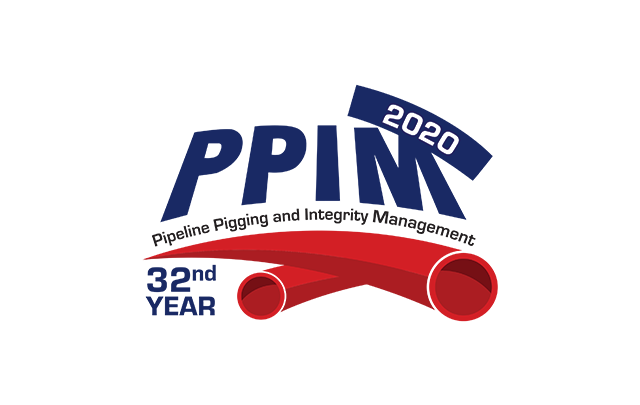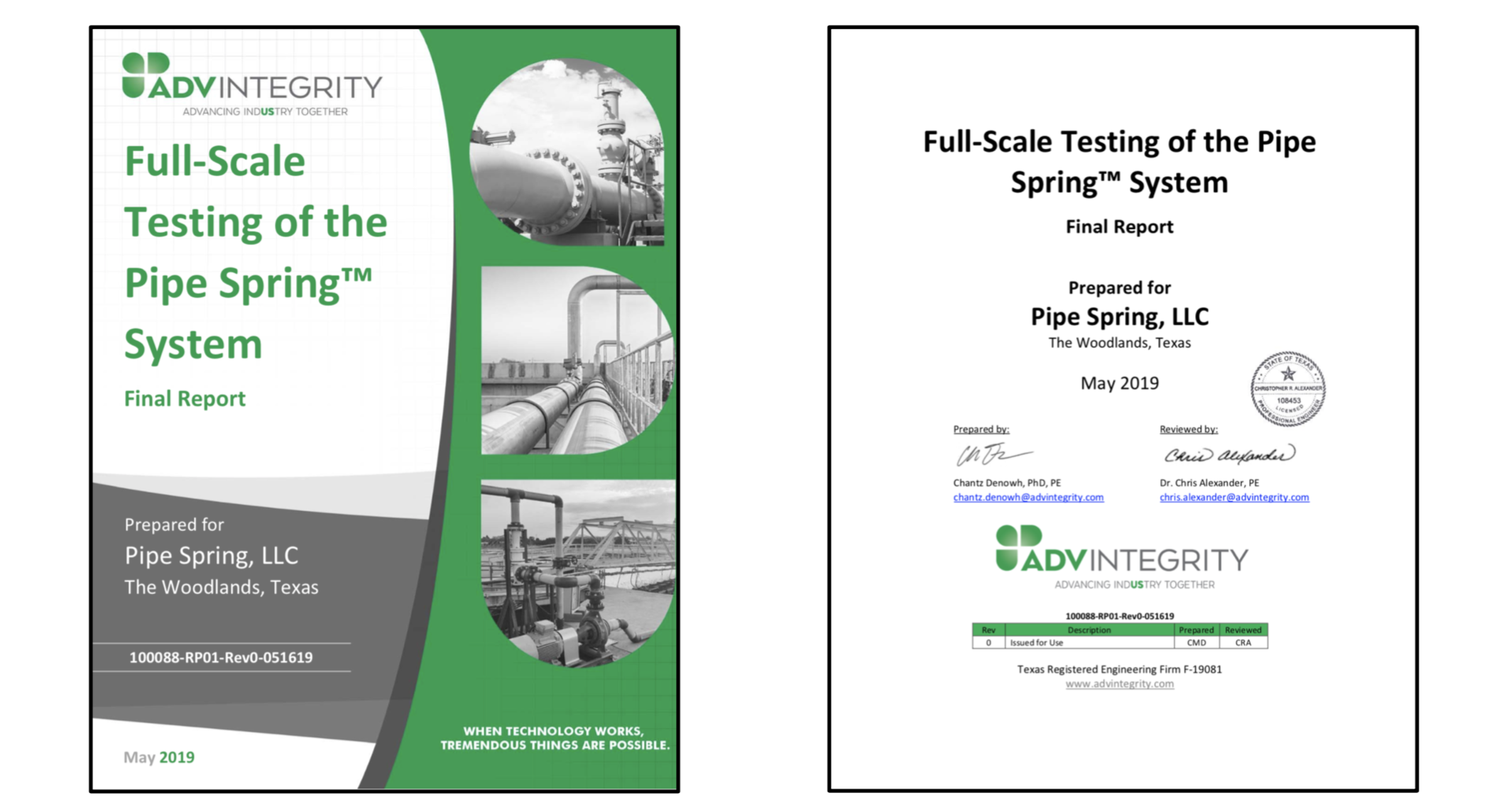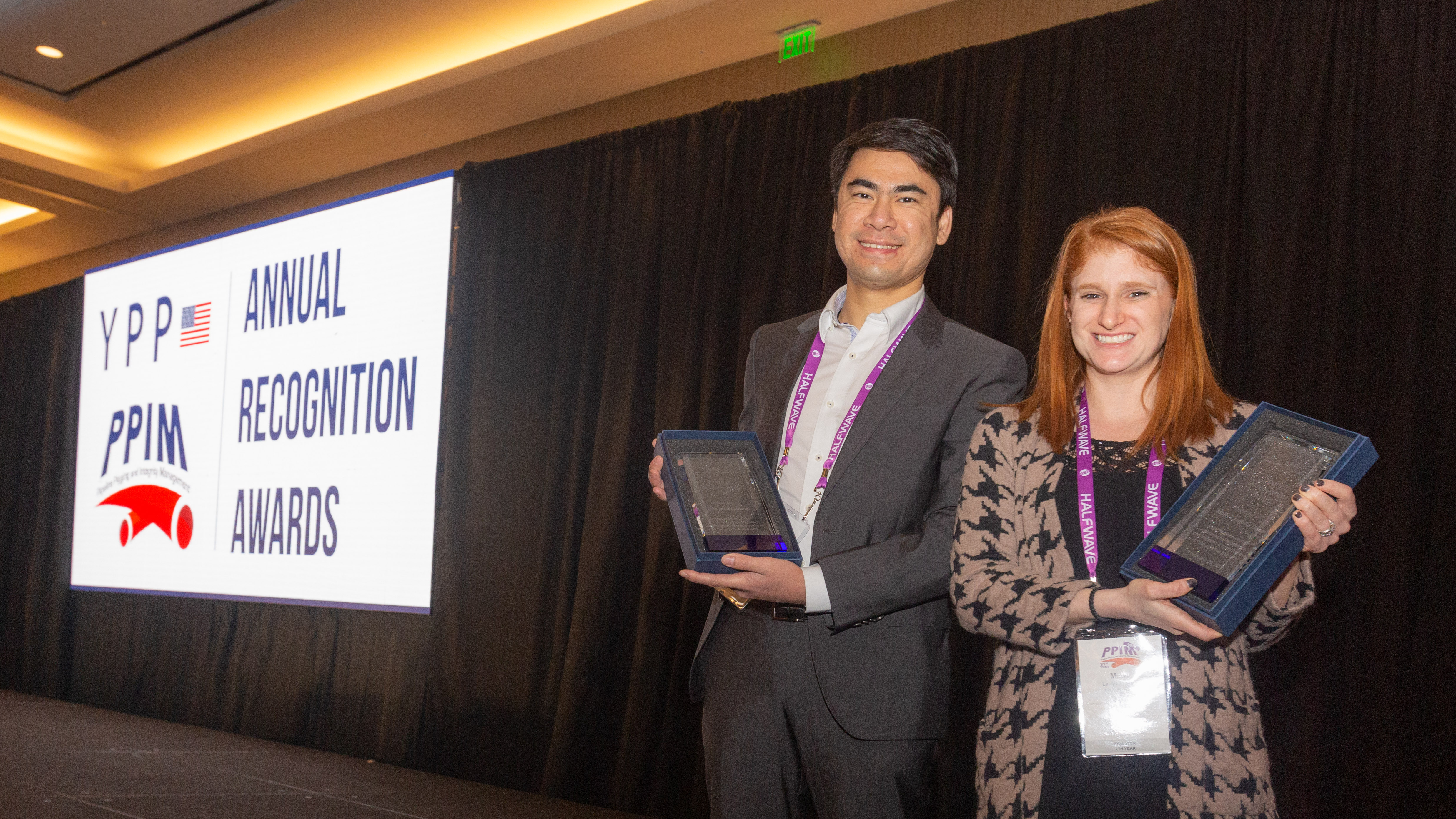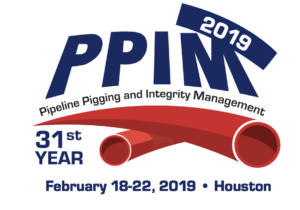Dear Colleagues and Friends,
During these uncertain times, it is crucial that the transportation networks that supply our critical industries (like the medical sector) with energy remain operational. This requires that repairs be made when necessary to our pipelines.
One of Pipe Spring LLC’s core values is creating products that install easily and eliminate human error during application. During the development process of our integrity enhancement products and repairs, every effort was made to reduce field variables. We have a product that is simple to install and can be repeated time and time again. The effort that was undertaken during development now allows us to easily transition to completely remote trainings during this COVID-19 pandemic. We are able to provide virtual support 24/7 to our customers and set up instruction for those who need to install Pipe Spring™ units that do not already have an installer, trainer, or subject matter expert manufacturer certification. For our United States clients, this will meet your OQ requirement when a manufacturer certification is needed. For our international clients, we can work with you to satisfy your training requirements as well. We are prepared to offer FREE VIRTUAL TRAINING to the industry to assist during these unprecedented times.
It is also important to note that an installation can be made easily with only two people. Under certain circumstances, a single individual could install a unit by him/herself if needed. Current recommendations to combat COVID-19 advise that people should be in groups of ten people or fewer. We are pleased to be able to meet this recommendation even in routine circumstances.
Additionally, our products are a fraction of the cost of other repair technologies on the market. In the coming months, as we recover from this pandemic, our products will remain the most economical option for our clients.
To set up a virtual training and discuss your repair needs during this difficult time contact us today! We are here to help our industry get through these tough times and make necessary repairs to our infrastructure while remaining as safe as possible.
Be well friends,
Molly Laughlin Doran, Owner
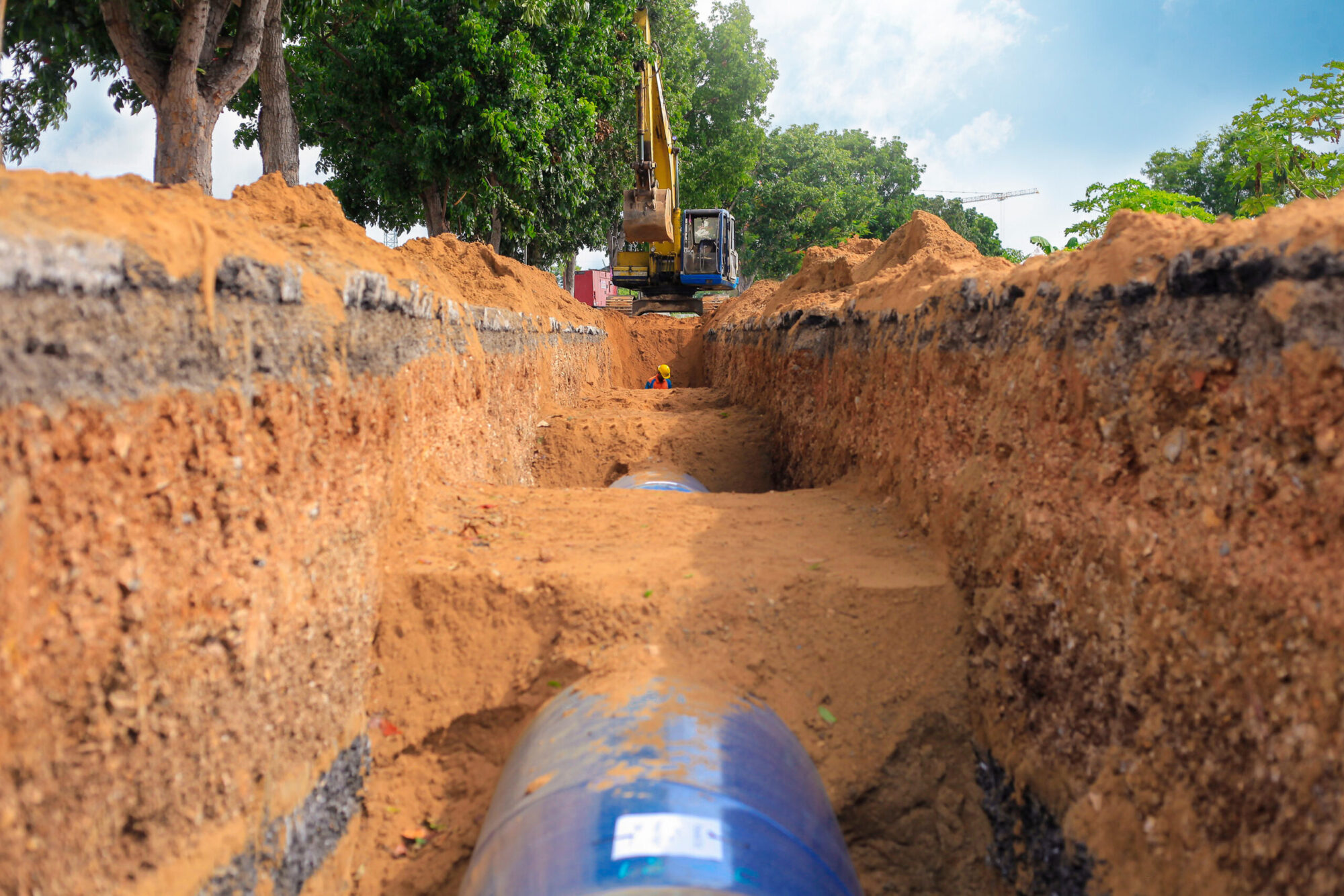
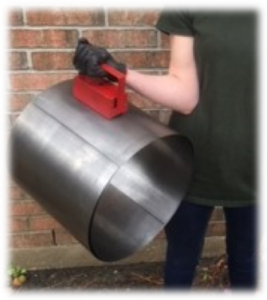 Question: How does Pipe Spring™ compare to composite repairs?
Question: How does Pipe Spring™ compare to composite repairs? 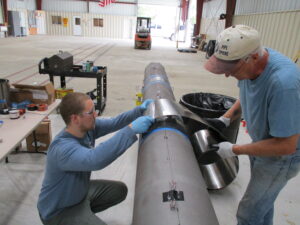
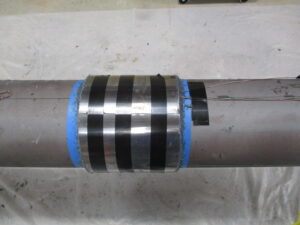 t is Pipe Spring™?
t is Pipe Spring™? 